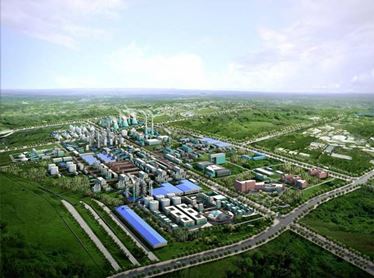 Task Group Energy
Task Group EnergyThe PVC industry is a suitable case study for the industrial sector as it is a rapidly growing, extremely energy-intensive sector in China. The increasing demand is driven by China’s fast growth in the construction sector, resulting in the production of 12 million tonnes of PVC in 2010. This equals 37% of the global PVC production, making China the world’s largest producer of PVC. The petroleum derived, ethylene based process (petroleum-to-ethylene process, PtE) is the standard process in most Western industrial countries. In China, the coal-based carbide process with acetylene as an intermediate dominates. A great advantage of the ethylene-based process, compared to the carbide process is the avoidance of mercury as a catalyst. This is of paramount importance as the rapid growth of the PVC industry in China may escalate mercury mining due to the fact that mercury-free catalysts are currently not readily available for large-scale application.
 |
 |
|
| PVC production capacities in China and the rest of the world |
Zhongtai’s factory in Midong, the Huatai Industrial Park |
The ZhongTai Chemical Company in Urumqi, Xinjiang Province, is a large company which plans to expand its PVC production from 0.5 million tonnes (2010) to 3 million tonnes per year by 2015, along with other chemicals from the chlor-alkali process. Compared to the EU-27 production capacity in 2010 of 8.2 million tonnes it will be a global player in the PVC industry.